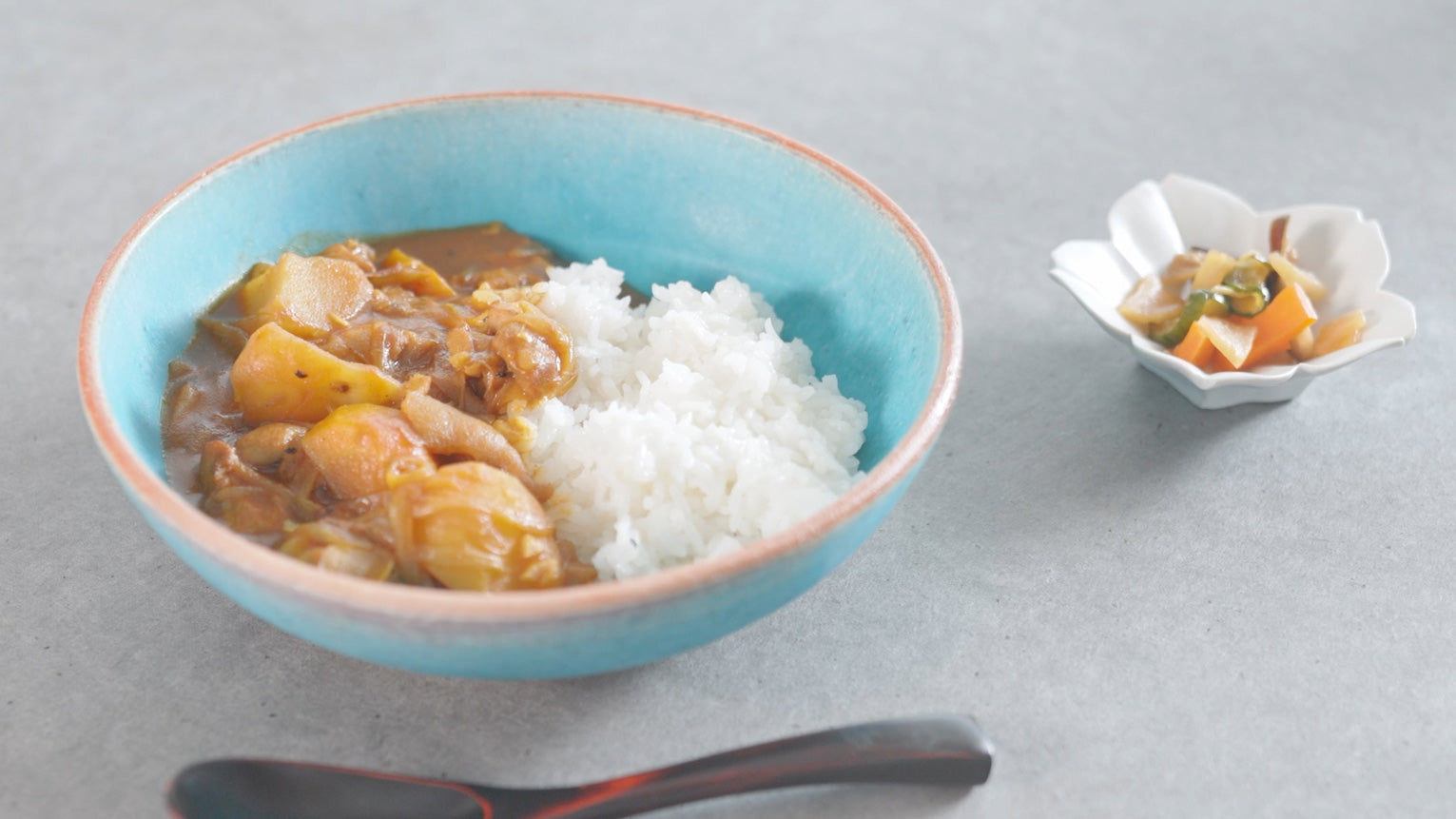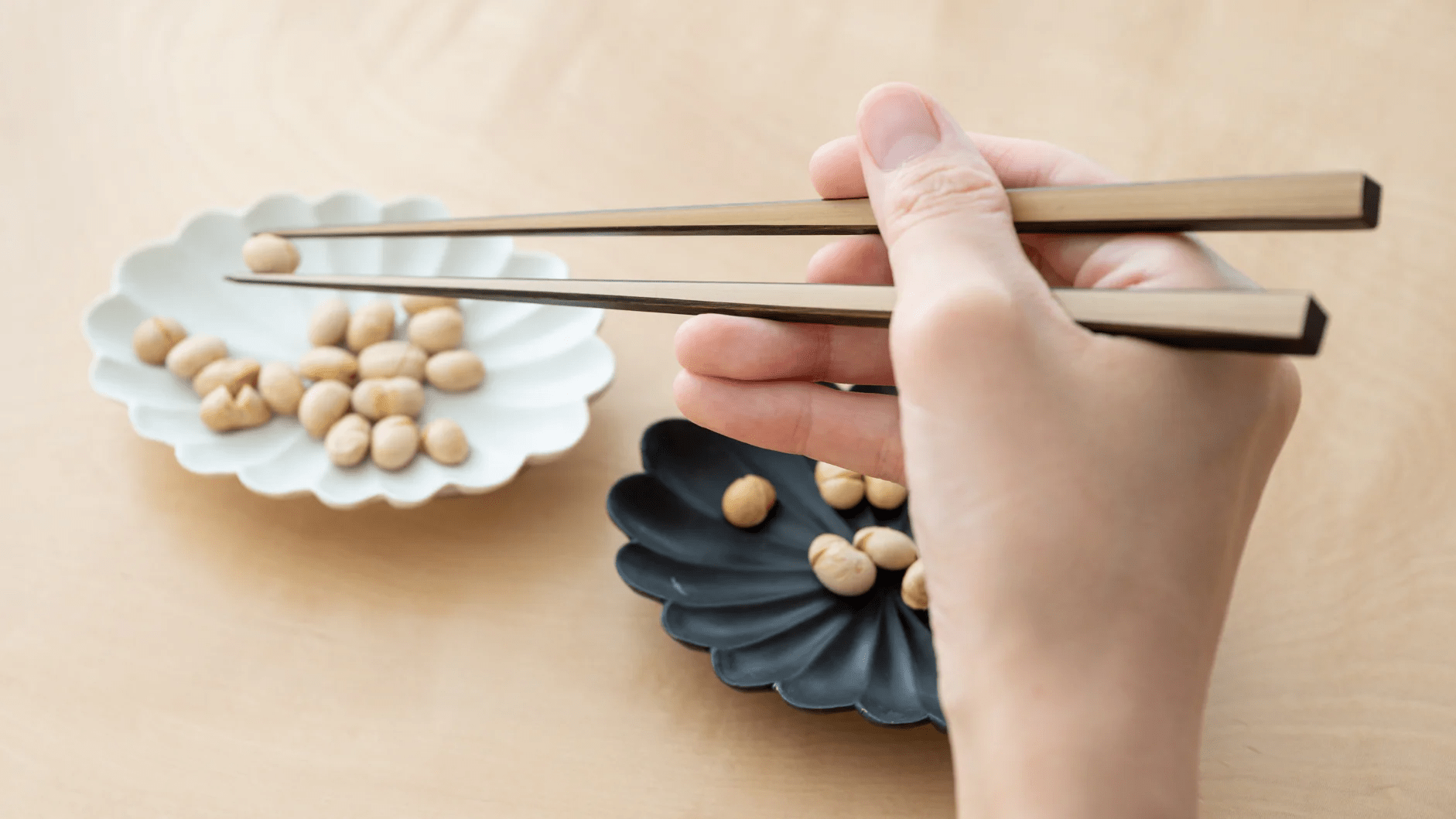
How to Care for Metal Crafts
Written by Team MUSUBI
table of contents
The history of metalwork in Japan can be traced back to the Yayoi period (c. 300 BCE–300 CE). Bronze and iron were imported from the continent at the same time, leading to the development of metalwork in various regions of Japan.
The main techniques used in Japanese metalwork are casting, forging, hammering, and engraving. The metals used in Japanese metalwork are gold, silver, copper, tin, and iron—known since ancient times as gokin, meaning “five metals”—along with various alloys. Each metal has a different luster, strength, thermal conductivity, heat retention, moisture resistance, and corrosion resistance.
Let’s look at how to care for different types of Japanese metalwork.
Common Care Instructions

After each use, gently hand wash with a soft cloth or sponge and dishwashing detergent. Avoid using cleansers, metal scrubs, and scrapers, and always follow the care instructions for each product and metal.

After washing, wipe off any moisture with a dry cloth to prevent discoloration and rust. To avoid scratches or damage, store the item in a stable, secure place.
Microwave, Oven & Dishwasher
Avoid heating in a microwave. All metal products are not safe for microwave use.
For oven use, follow the instructions for each item or metal. For example, ironware pans can be used in an oven, but tinware should never be placed in an oven or over an open flame.
The use of dishwashers and harsh detergents depends on each product, but in general, hand washing with mild dishwashing detergent is recommended.
Special Care of Each Materials
Each type of metal has unique characteristics, such as thermal conductivity and durability. Learn about these features and follow the appropriate care instructions.
Copperware

Copper is the second most thermally conductive metal after silver, and because it is more abundant, it is easier to obtain in larger sizes and is favored for everyday use. It is especially valued for pots, pans, and other cooking utensils that benefit from high thermal conductivity. Copperware is often used by professional chefs because it heats evenly and cooks food thoroughly. In addition, it stays hygienic thanks to the sterilizing effect of copper ions.
Copperware tends to tarnish when exposed to air, developing blackening and verdigris (copper rust). The bright green hue of verdigris is sometimes appreciated for its beauty, and some pieces are even given an artificial patina for decoration.
Copper is also sensitive to acids and salts, so leaving food in it for long periods can affect both the vessel and the flavor of the food. After cooking, transfer the food to another container promptly.
To care for copperware, wash it with a soft sponge and dishwashing detergent after use, wipe it dry, and store it in a dry place. For best results, rinse with hot water after cleaning. Avoid using steel scrubbers to prevent scratches.
To remove verdigris that develops outside decorative areas, polish with a mixture of vinegar and salt in equal parts using a sponge, rinse well, and wipe dry with a soft cloth. A special cream cleanser for copper can also be used.
Because copper is a soft metal, handle it gently to avoid dents or deformation.
Tinware

Tin is the rarest metal after gold and silver, and is known as a stable metal that does not rust easily. It is also an excellent material for tableware that retains its beautiful white luster and does not deteriorate over time. Tin is traditionally believed to mellow the taste of sake and tea, softening sharp notes and enhancing smoothness. Many people find that sake served in tinware tastes milder and more rounded. As a result, tin sake cups have become increasingly popular among Japanese restaurants and sake enthusiasts.
In Japan, tin has been used for more than 500 years as a material for purifying and preserving water, as it is believed to have properties that prevent spoilage.
Because tin is a soft metal, it can be shaped not only by hammering but also by cutting it with a spinning wheel, unlike other metals. In addition, tinware is easily repairable, and an eco-friendly system has been established in Japan in which workshops accept old or unusable pieces and repair or replace them with new ones.
One point of caution when handling tinware is its low melting point—about 230°C (446°F)—so it should not be heated in a microwave, oven, or over an open flame. Also, because it is soft, using cutlery or metal scrubbers can cause scratches, and dropping it or applying too much pressure by hand may distort its shape.
To care for tinware, wash it after use with a soft cloth or sponge and dishwashing detergent, then wipe dry with a soft cloth. If the surface loses its shine, polish it with a paste made from baking soda and dishwashing detergent or water to restore its luster.
Tinware may discolor if left in acidic liquids or when moisture remains on the surface. Avoid placing it in the freezer or leaving it in the refrigerator for long periods, as extended exposure to low temperatures may cause it to change or crack.
Ironware

Ironware in Japan is primarily made by casting. Iron conducts heat efficiently, retains warmth well, and releases iron ions that soften water and make it taste mellower. Because of these qualities, ironware is especially valued for tea kettles in Japan. The iron kettle or pot is also an essential tool in the Japanese tea ceremony.
Ironware is equally prized for cooking utensils such as pots and pans, as the surface heats evenly, helping ingredients cook thoroughly and bring out their best flavor. Japanese ironware is typically made of pure iron, which is appreciated by those mindful of their health, since trace iron from the cookware can naturally supplement the body’s iron intake.
The most renowned Japanese ironware is Nambu Ironware, a traditional craft that has been produced for about 400 years in the Tohoku region. Its pure iron kettles can be used on electric stoves, making them practical for modern life. They are also admired for their artistic craftsmanship and timeless design.
When caring for ironware, it is important not to leave any moisture after cleaning. Japanese ironware is made of pure iron and has no chemical coating on the surface. It is naturally protected by a layer of black rust, but red rust may occur when exposed to water or humidity for extended periods, so proper care is essential. With regular maintenance, however, it is easy to preserve.
Care instructions may differ depending on the type of ironware, so refer to the guidelines provided for each piece.
Lastly
Japanese metalwork is a practical and beautiful craft that reflects the unique qualities of each metal. Some pieces may seem delicate and require extra care, but their enduring appeal more than rewards the effort.
Appreciating how each piece changes over time is part of what makes Japanese tableware so special. Enjoy them as you care for them, and let them become a part of your everyday routine.







Leave a comment
This site is protected by hCaptcha and the hCaptcha Privacy Policy and Terms of Service apply.